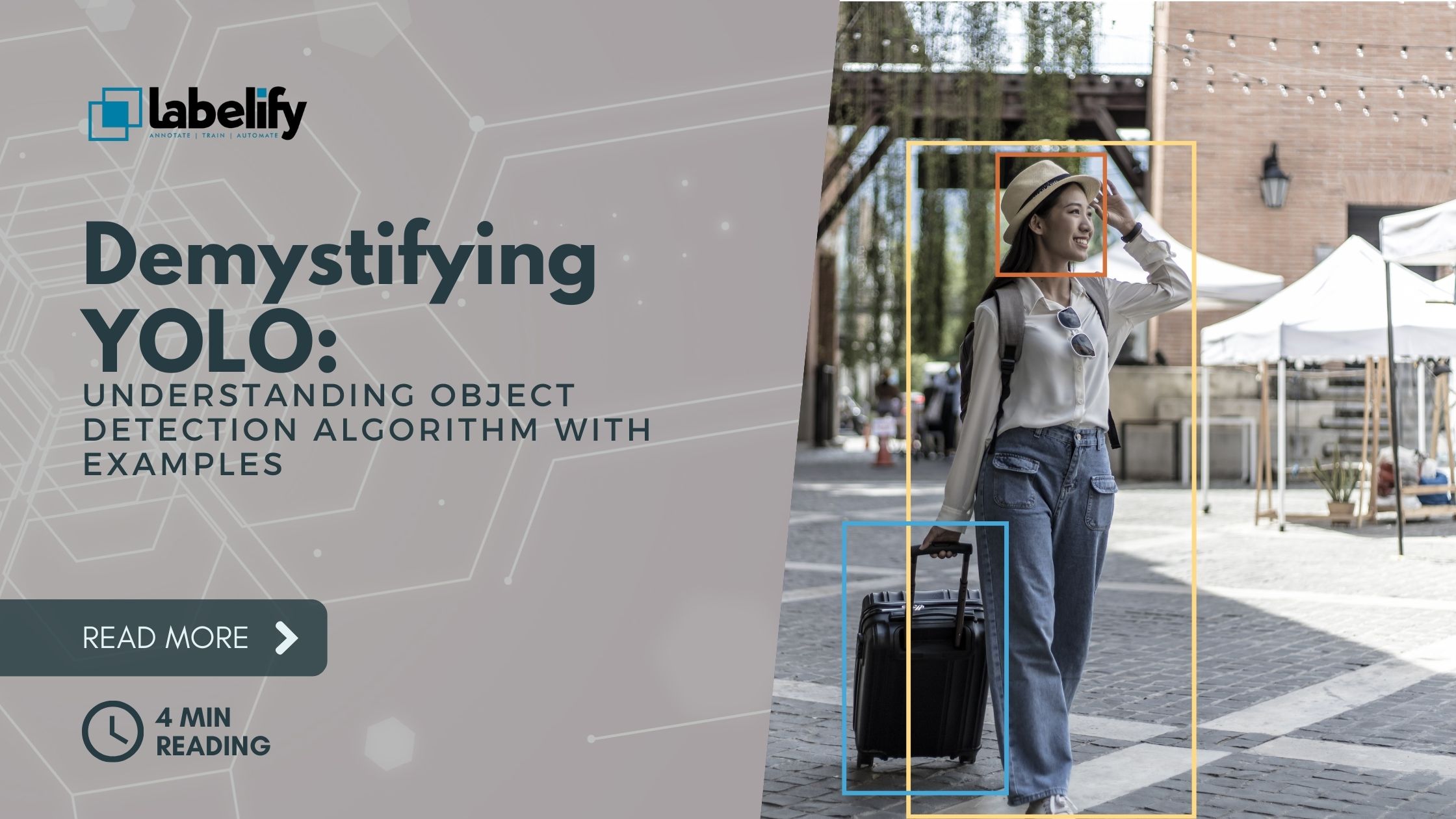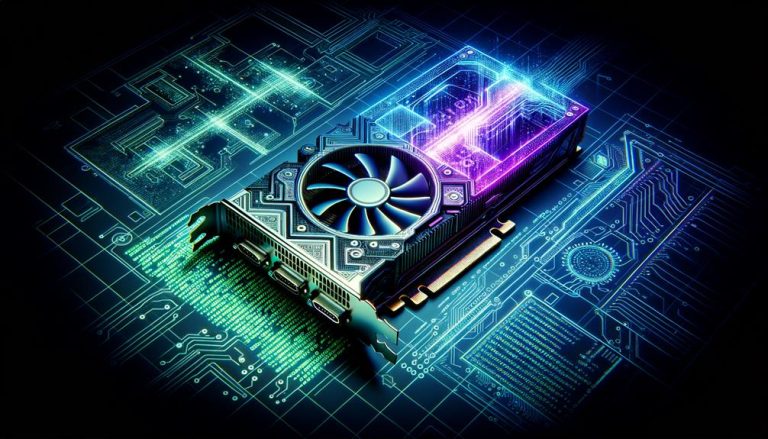This article delves into the YOLO (You Only Look Once) algorithm, a highly efficient object detection method widely used in fields such as surveillance, self-driving cars, and robotics.
By utilizing a fully convolutional neural network, YOLO enables real-time object detection, making it suitable for resource-constrained environments.
The article explores the evolution of YOLO through various versions, highlighting improvements such as anchor boxes, different CNN architectures, and dynamic anchor boxes.
It also discusses key evaluation metrics to measure object detection model performance.
For those seeking a thorough understanding of YOLO's advancements, this article provides valuable insights and examples.
Key Takeaways
- YOLO (You Only Look Once) is a popular single-shot object detection algorithm for identifying and locating objects in images or videos.
- YOLO versions have been continuously improved over the years, with each version introducing new features and architectures to enhance accuracy and performance.
- Single-shot object detection algorithms like YOLO are computationally efficient and suitable for real-time applications and resource-constrained environments.
- Two-shot object detection algorithms, on the other hand, offer higher accuracy but are more computationally expensive and are suitable for applications where accuracy is more important than real-time performance.
The Basics of Object Detection
Object detection, a crucial task in computer vision, involves the identification and localization of objects in images or videos. It plays a vital role in various applications such as surveillance, self-driving cars, and robotics.
However, there are several challenges in object detection that need to be addressed. These challenges include handling occlusions, variations in object appearance, and the presence of cluttered backgrounds. Additionally, object detection algorithms need to be efficient and accurate to meet the demands of real-time applications.
Despite these challenges, the applications of object detection are vast and continue to expand. From improving security systems to enabling autonomous vehicles, object detection technology has the potential to revolutionize various industries.
Single-Shot Vs. Two-Shot Object Detection
When comparing object detection algorithms, one important distinction to consider is the choice between single-shot and two-shot detection methods.
Single-shot object detection algorithms, such as YOLO, offer the advantage of computational efficiency by making predictions in a single pass of the input image. This makes them suitable for real-time applications and resource-constrained environments. However, single-shot detection methods may have limitations in accurately detecting small objects and may be less accurate overall compared to two-shot detection methods.
Two-shot object detection methods, on the other hand, involve two passes of the input image, with the first pass generating object proposals and the second pass refining these proposals. While they offer higher accuracy, they are computationally more expensive and may not be suitable for real-time applications.
The choice between single-shot and two-shot object detection depends on the specific requirements and constraints of the application, balancing accuracy and computational efficiency.
Key Metrics for Evaluating Object Detection Models
One important aspect to consider when evaluating object detection models is the choice of key metrics to measure their performance. Evaluating object detection models poses several challenges, including the need for accurate and efficient detection of objects in various environments and the ability to handle a wide range of object sizes and occlusions.
To address these challenges, different evaluation metrics have been proposed for object detection algorithms. One commonly used metric is Intersection over Union (IoU), which measures the localization accuracy of the predicted bounding boxes. Average Precision (AP) is another important metric that provides a measure of the model's performance across different classes. Precision and recall are also commonly used to evaluate the decision performance of object detection models.
Evolution of YOLO: Versions and Improvements
The evolution of YOLO, a widely used algorithm for object detection, can be seen through its versions and continuous improvements. YOLO v8, the confirmed release, is expected to bring new features and improved performance. With a new API and support for previous YOLO versions, it aims to enhance the capabilities of the algorithm.
In a comparative analysis with other object detection algorithms, YOLO has shown its strengths in terms of real-time performance and efficiency. However, it has generally been considered less accurate compared to two-shot detectors. YOLO v8 is anticipated to address these limitations and further close the accuracy gap with its counterparts.
With the promise of better performance and new features, YOLO v8 is set to solidify its position as a leading algorithm for object detection.
YOLO V2: Anchor Boxes and New Loss Function
YOLO V2 revolutionized object detection by incorporating anchor boxes and introducing a new loss function. This advancement brought significant improvements to the performance of the YOLO algorithm.
Let's take a closer look at the impact of these changes:
Advantages of anchor boxes:
- Anchor boxes are predefined bounding boxes of different sizes and aspect ratios.
- They allow the model to predict objects of various shapes and sizes more accurately.
- Anchor boxes provide prior knowledge about the objects, aiding in precise localization.
Impact of the loss function on YOLO v2 performance:
- The new loss function considers both the classification and localization errors.
- It penalizes incorrect predictions more effectively, leading to better accuracy.
- The loss function also encourages the model to focus on predicting objects of different scales and aspect ratios.
YOLO V3: CNN Architecture and Feature Pyramid Networks
The YOLO V3 algorithm introduced a convolutional neural network (CNN) architecture and feature pyramid networks, bringing significant advancements to object detection. YOLO V3 has found widespread applications in real-time object detection due to its efficiency and accuracy. It outperforms previous versions of YOLO and other object detection algorithms in terms of speed and detection performance.
The CNN architecture in YOLO V3 enables the network to learn complex features and make predictions at multiple scales. This allows YOLO V3 to detect objects of different sizes accurately.
The feature pyramid networks further enhance the detection capabilities by incorporating multi-scale features from different layers of the network. This enables YOLO V3 to handle objects at various scales and aspect ratios more effectively.
YOLO V4 to V7: Advances and Latest Developments
With the release of YOLO v4 in 2020, subsequent versions (v5, v6, and v7) have brought significant advancements and the latest developments to the YOLO algorithm for object detection. These advancements have had a profound impact on real-time applications, revolutionizing the field of computer vision.
Here are some key highlights:
- Improved accuracy and speed: YOLO v4 introduced a new CNN architecture, generated anchor boxes using k-means clustering, and utilized GHM loss. These enhancements resulted in improved accuracy and faster processing times, making YOLO more efficient for real-time applications.
- Enhanced object detection capabilities: YOLO v5 incorporated the EfficientDet architecture, dynamic anchor boxes, and spatial pyramid pooling (SPP), further improving object detection performance, especially for small objects.
- State-of-the-art performance: YOLO v7, the latest version, utilizes nine anchor boxes, focal loss, and higher resolution to achieve even better accuracy and speed.
These advancements in object detection have opened up new possibilities for a wide range of applications, including surveillance, autonomous vehicles, and robotics, empowering users with advanced capabilities for real-time object detection.
Frequently Asked Questions
How Does YOLO Compare to Other Object Detection Algorithms in Terms of Accuracy and Computational Efficiency?
In terms of accuracy and computational efficiency, YOLO (You Only Look Once) compares favorably to other object detection algorithms. When compared to Faster R-CNN, YOLO offers faster inference speed due to its single-shot detection approach.
However, YOLO may sacrifice some accuracy, particularly in detecting small objects. This trade-off between accuracy and speed is a common consideration in object detection algorithms.
Ultimately, the choice between YOLO and other algorithms depends on the specific requirements and constraints of the application.
What Are the Advantages and Disadvantages of Single-Shot Object Detection Compared to Two-Shot Object Detection?
Advantages of single-shot object detection include:
- Real-time performance
- Suitability for resource-constrained environments
Single-shot object detection uses a single pass of the input image, making it computationally efficient. However, it may be less accurate, especially in detecting small objects.
On the other hand, two-shot object detection offers:
- Higher accuracy by using two passes
- Refining object proposals
Two-shot object detection is more suitable for applications where accuracy is prioritized over real-time performance.
The choice between the two depends on specific requirements and constraints.
Can You Explain the Intersection Over Union (Iou) Metric and How It Is Used to Evaluate Object Detection Models?
The intersection over union (IoU) metric is commonly used to evaluate the accuracy of object detection models. It measures the overlap between the predicted bounding box and the ground truth bounding box of an object. A high IoU indicates a better localization accuracy.
In addition to evaluating object detection models, the IoU metric has applications in other fields such as image segmentation and tracking.
To improve the accuracy of object detection models, techniques like non-maximum suppression and anchor box refinement can be used based on the IoU metric.
What Are the Main Differences and Improvements Introduced in Each Version of YOLO (V2, V3, V4, V5, V6, V7)?
The main differences and improvements introduced in each version of YOLO (v2, v3, v4, v5, v6, v7) are significant.
YOLO v2 incorporated anchor boxes and a new loss function.
YOLO v3 introduced a new CNN architecture, anchor boxes with different scales and aspect ratios, and feature pyramid networks (FPN).
YOLO v4 introduced a new CNN architecture, generated anchor boxes using k-means clustering, and used GHM loss.
YOLO v5 used the EfficientDet architecture, dynamic anchor boxes, and spatial pyramid pooling (SPP).
YOLO v6 used the EfficientNet-L2 architecture and introduced dense anchor boxes.
YOLO v7, the latest version, uses nine anchor boxes, focal loss, and higher resolution for improved accuracy and speed.
These versions of YOLO have made significant improvements in terms of both accuracy and efficiency compared to previous versions and other object detection algorithms.
The choice between single shot and two-shot object detection depends on the specific requirements and constraints of the application.
Are There Any Upcoming Features or Improvements Expected in the Next Version of YOLO (V8)?
Upcoming features and improvements can be expected in the next version of YOLO, namely YOLO v8.
As a highly anticipated release, YOLO v8 promises to bring new features and improved performance.
With a new API and support for previous YOLO versions, users can look forward to enhanced functionalities and greater flexibility in their object detection tasks.
Additionally, YOLO v8 may introduce advancements in areas such as accuracy, speed, and model architecture, further pushing the boundaries of object detection algorithms.
Conclusion
In conclusion, the YOLO algorithm for object detection has evolved significantly over the years, introducing improvements such as anchor boxes, different CNN architectures, feature pyramid networks, and dynamic anchor boxes.
These advancements have allowed YOLO to achieve real-time performance and make it suitable for resource-constrained environments.
With its continued development and the release of YOLO v7, the algorithm continues to enhance object detection capabilities, making it a valuable tool in various fields such as surveillance, self-driving cars, and robotics.




